Education
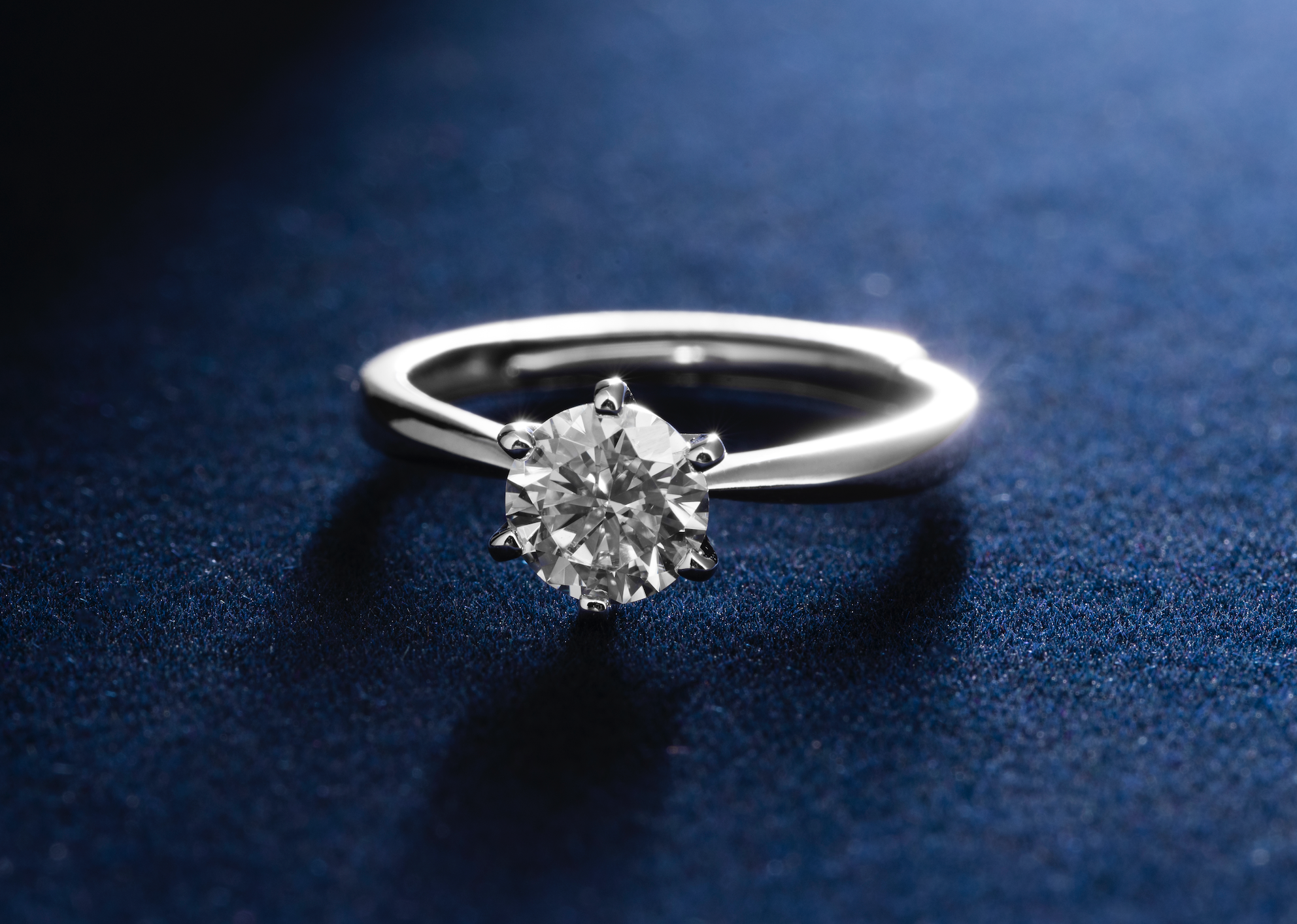
How to Choose the Perfect Lab-Grown Diamond Ring
Choosing a diamond ring is a special journey, whether it’s for an engagement, anniversary, or simply a personal treat. Lab-grown diamonds offer a sustainable and cost-effective alternative to mine...
Read more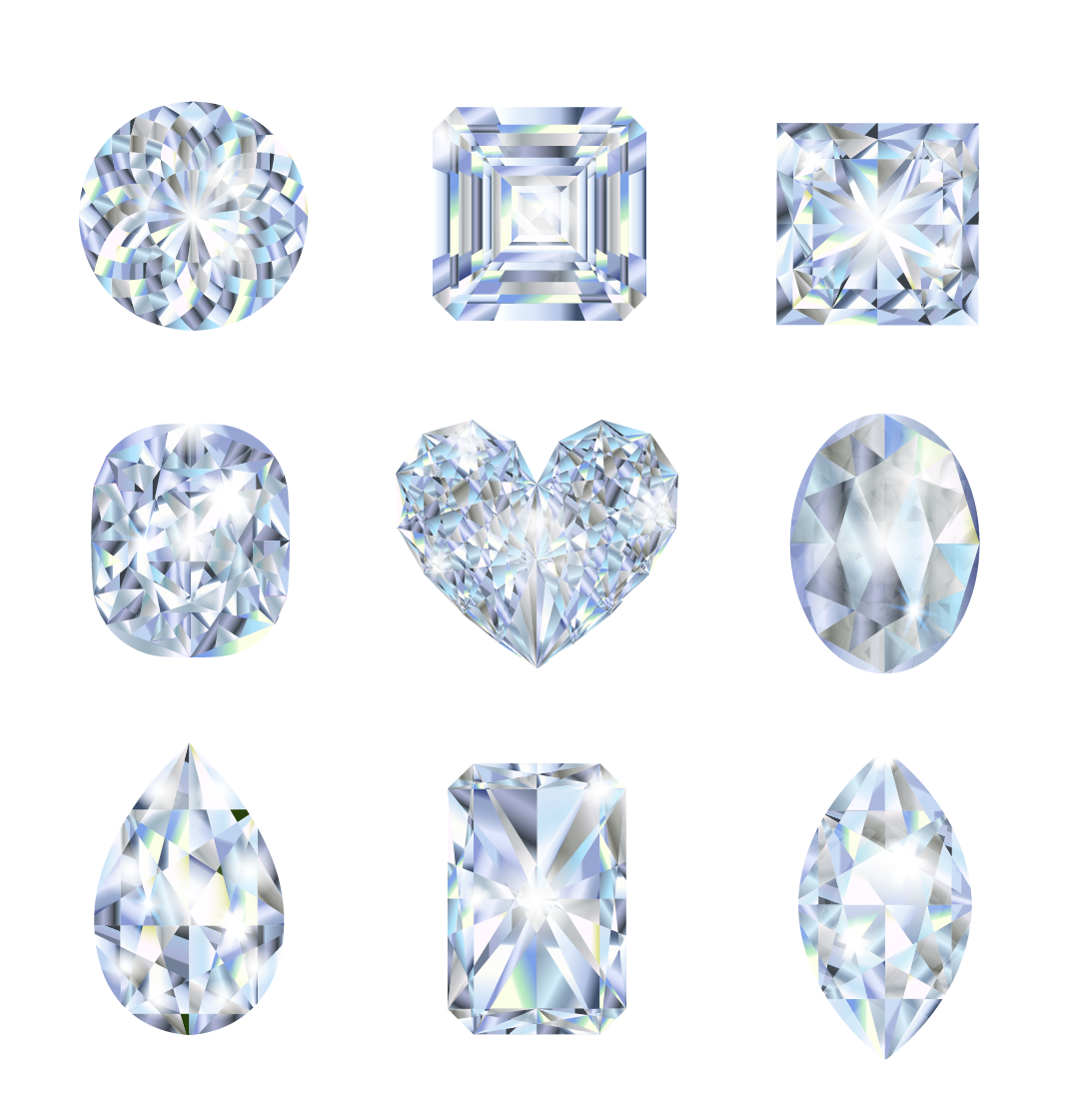
Round The round diamond is the most popular and classic shape, known for its exceptional brilliance. With 58 facets, it maximizes light reflection, making it a timeless choice for any occasio...
Read more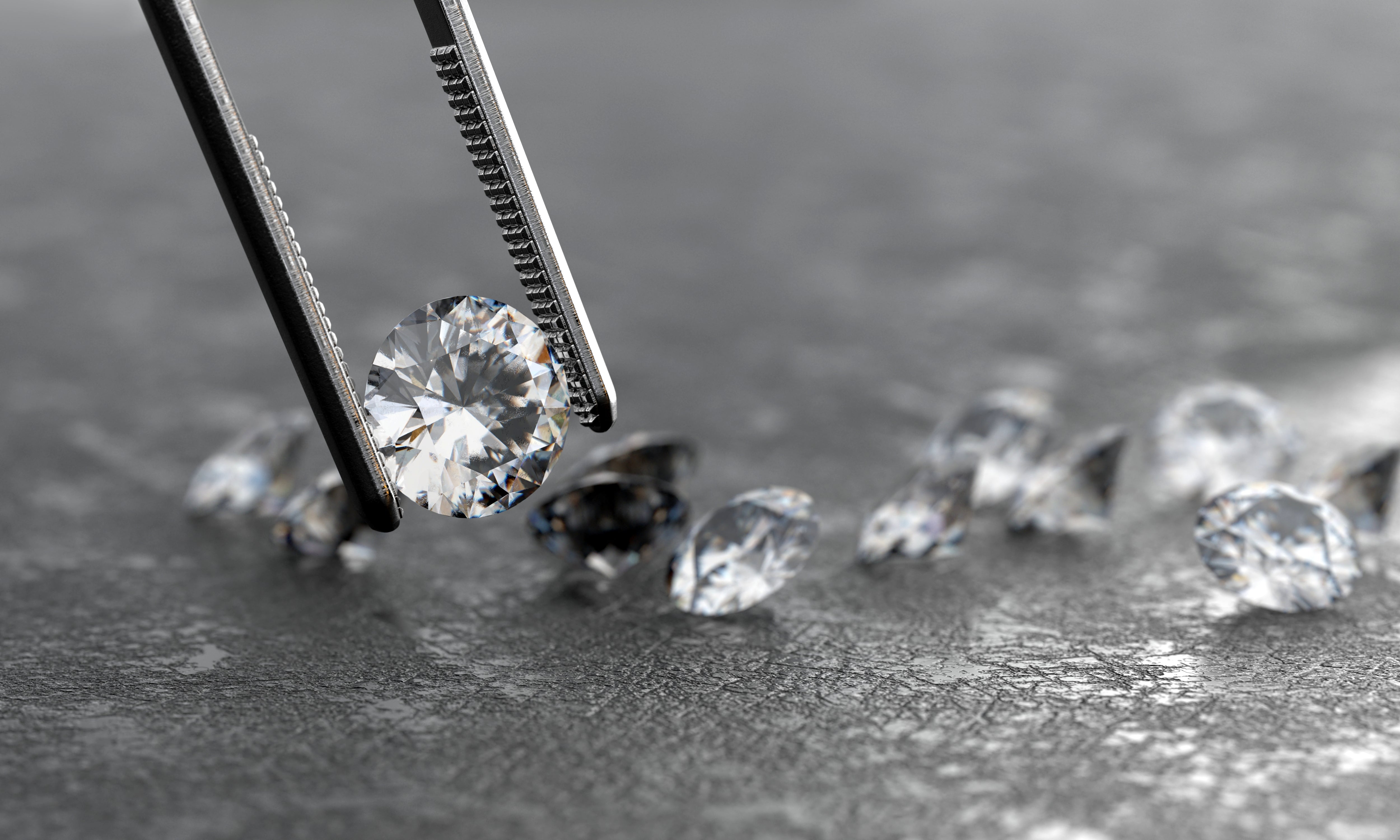
The fundamental process of determining the worth of a diamond revolves around understanding the 4Cs, a set of standards that enable gemmologists to objectively assess the quality of such precious ...
Read more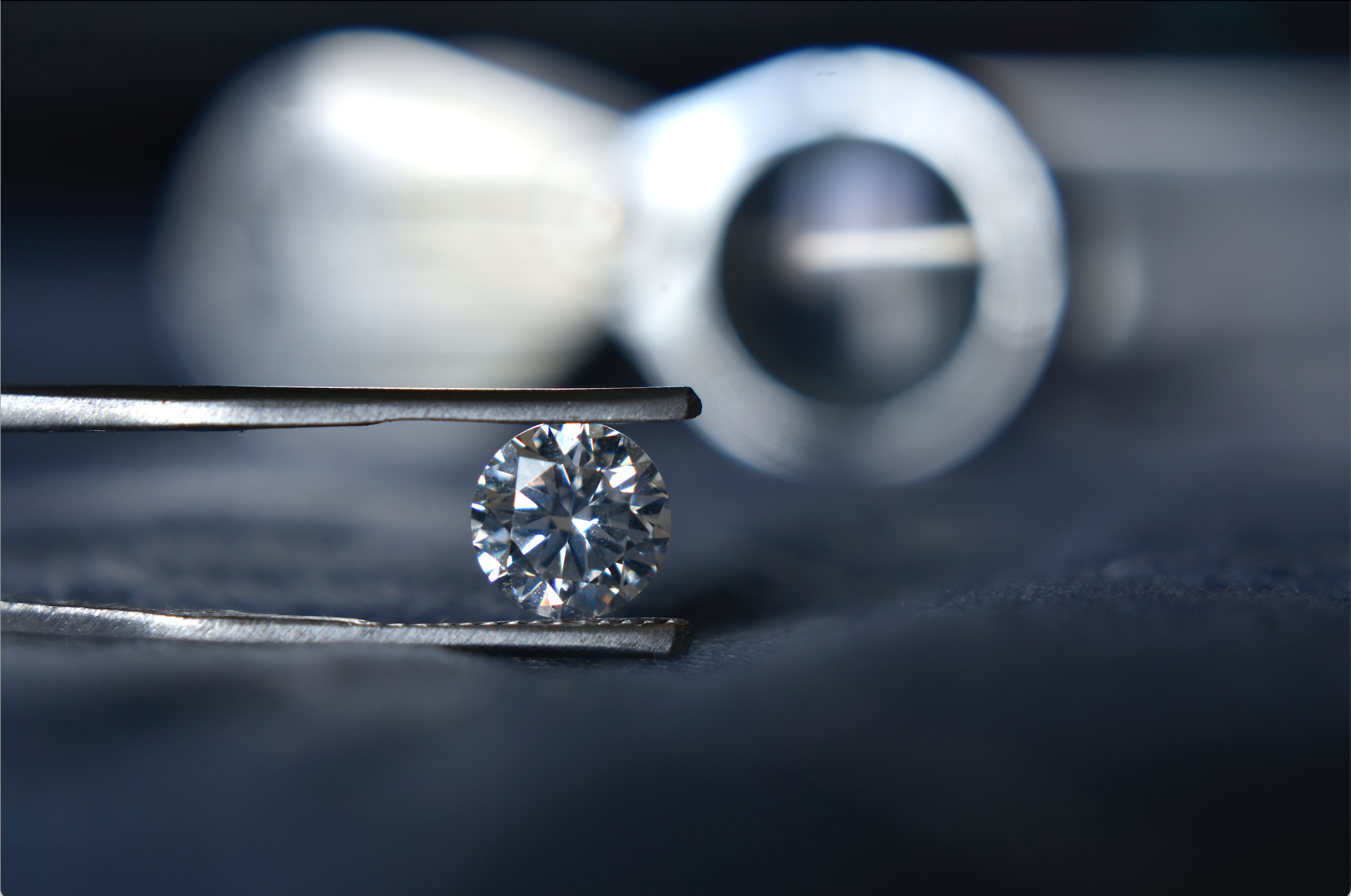
How are Diamonds Made in a Lab?
Lab-grown diamonds are produced in controlled environments that simulate the natural conditions under which diamonds form deep beneath the Earth’s surface. There are two primary techniques used to...
Read more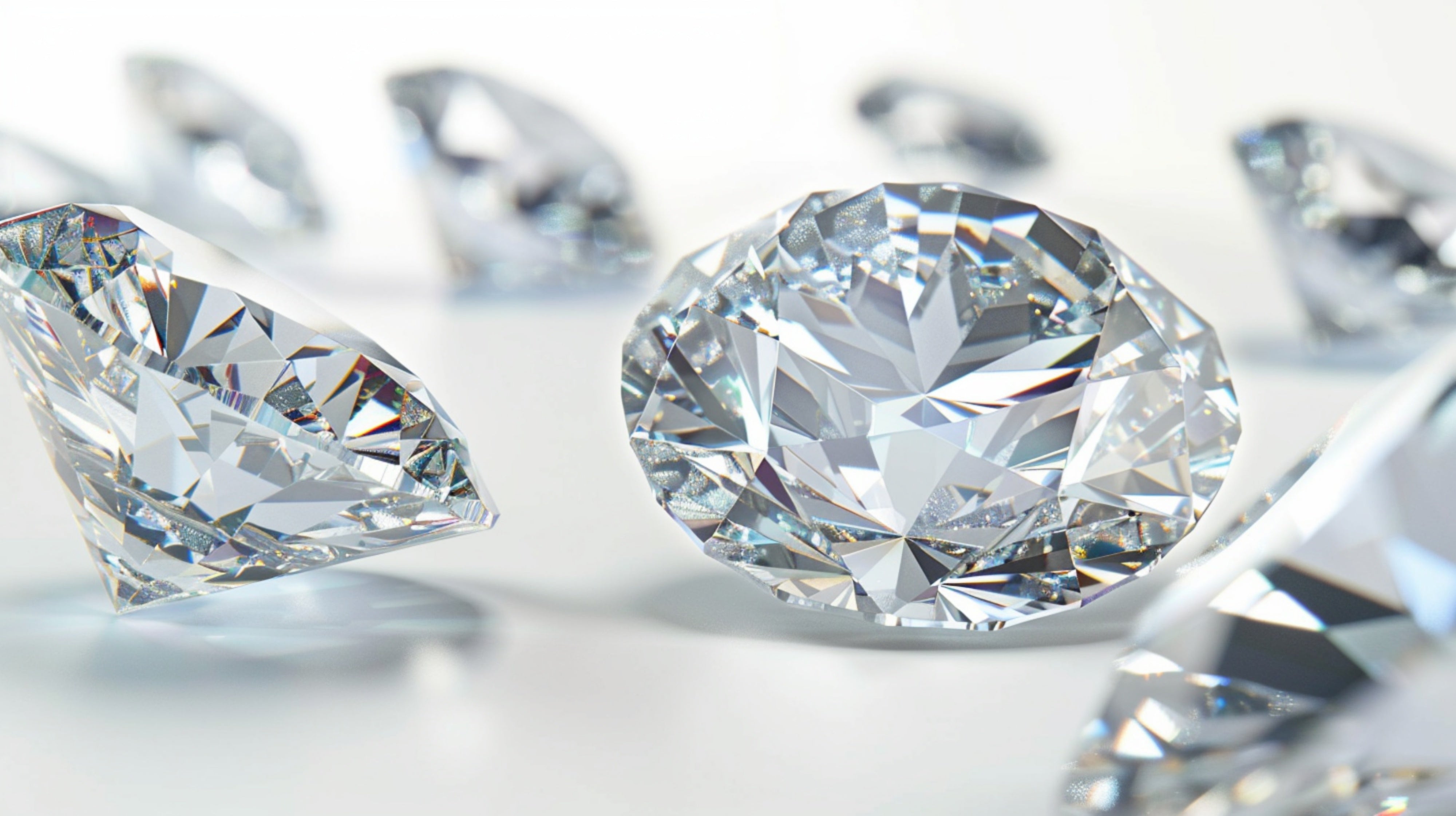
Lab-created diamonds are genuine diamonds in every sense of the word. They possess the same chemical composition and physical properties as diamonds that are naturally mined from the earth. The pr...
Read moreFAQ About Lab-Grown Diamonds
Yes, lab-grown diamonds are indeed real diamonds and should not be mistaken for diamond simulants. Unlike simulants such as moissanite or cubic zirconia, which are designed to imitate the appearance of diamonds but lack the same composition, lab-grown diamonds share the exact chemical and physical properties as natural diamonds. While simulants have a completely different structure, lab-grown diamonds are identical to mined diamonds in every way that matters.
From a gemological perspective, there are no differences between diamonds grown in a lab and those found in nature. Both types are composed of pure carbon and, on a technical and chemical level, are indistinguishable from one another. To the untrained eye, it is impossible to tell them apart. The quality, durability, and brilliance of lab-grown diamonds are identical to that of natural diamonds. These diamonds are cultivated in controlled environments to ensure that their internal characteristics match those of natural diamonds.
While it is impossible to tell the difference just by looking at them, laboratory testing can differentiate between natural and lab-grown diamonds. Grading laboratories use specialized techniques to identify subtle structural variations present in lab-grown diamonds. Although these differences aren’t visible to the naked eye, they allow experts to determine the origin of the diamond. Visually, lab-grown diamonds appear the same as natural diamonds because they share the same crystal structure and properties, but the testing process reveals differences in their growth patterns, which helps distinguish between the two.







